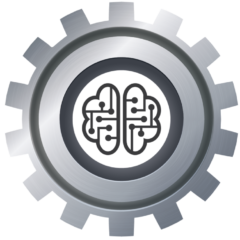Every day, we are faced with decisions – both big and small – that require us to think critically and make choices based on the information available to us. Sometimes, the choices we make can have significant consequences, so it’s important to have a framework for decision-making that helps us consider all the relevant factors and weigh our options carefully. In this article, we’ll explore some decision-making frameworks that can help us develop critical thinking skills and make better choices.
- Cost-benefit analysis
Cost-benefit analysis is a decision-making framework that involves weighing the costs of a decision against the benefits. To use this framework, you’ll need to identify all the costs and benefits associated with a particular decision, assign a value to each one, and then compare the total costs and benefits to see which outweighs the other.
For example, if you’re considering whether to take on a new job, you might identify the costs of the job (such as a longer commute or higher stress levels) and the benefits (such as a higher salary or more opportunities for advancement) and then weigh them against each other to determine whether the benefits outweigh the costs.
- SWOT analysis
SWOT analysis is a decision-making framework that involves identifying the strengths, weaknesses, opportunities, and threats associated with a particular decision. This framework can help you evaluate the internal and external factors that might impact your decision and consider all the relevant factors.
To use this framework, you’ll need to identify the strengths and weaknesses of your current situation or options, as well as any potential opportunities and threats. Once you have a clear picture of these factors, you can use them to make a more informed decision.
- Decision tree analysis
Decision tree analysis is a decision-making framework that involves mapping out all the potential outcomes of a decision and the probabilities associated with each one. This framework can help you visualize the potential consequences of your decision and weigh your options accordingly.
To use this framework, you’ll need to create a decision tree that maps out all the potential outcomes of your decision and the probabilities associated with each one. Once you have a clear picture of the potential consequences, you can use this information to make a more informed decision.
- Pareto analysis
Pareto analysis is a decision-making framework that involves identifying the most important factors that impact a decision and focusing on them. This framework is based on the Pareto principle, which states that 80% of the effects come from 20% of the causes.
To use this framework, you’ll need to identify the factors that have the greatest impact on your decision and focus on them. By focusing on the most important factors, you can make a more informed decision and avoid getting bogged down in irrelevant details.
In Summary
Decision-making frameworks are tools that can help us develop critical thinking skills and make better choices. By considering all the relevant factors, visualizing potential outcomes, and weighing our options carefully, we can make decisions that are informed and well thought out. Practice using these decision-making frameworks regularly, and you’ll be well on your way to becoming a more effective critical thinker.
#infobymattcole
 You can check out Matt’s LinkedIn account, Youtube Channel, or Podcast.
You can check out Matt’s LinkedIn account, Youtube Channel, or Podcast.Introducing my new books, ‘The Art of Critical Thinking’ and ‘The Critical Thinking Model’. Both can be read for free with Kindle Unlimited or $2.99 each via Kindle.